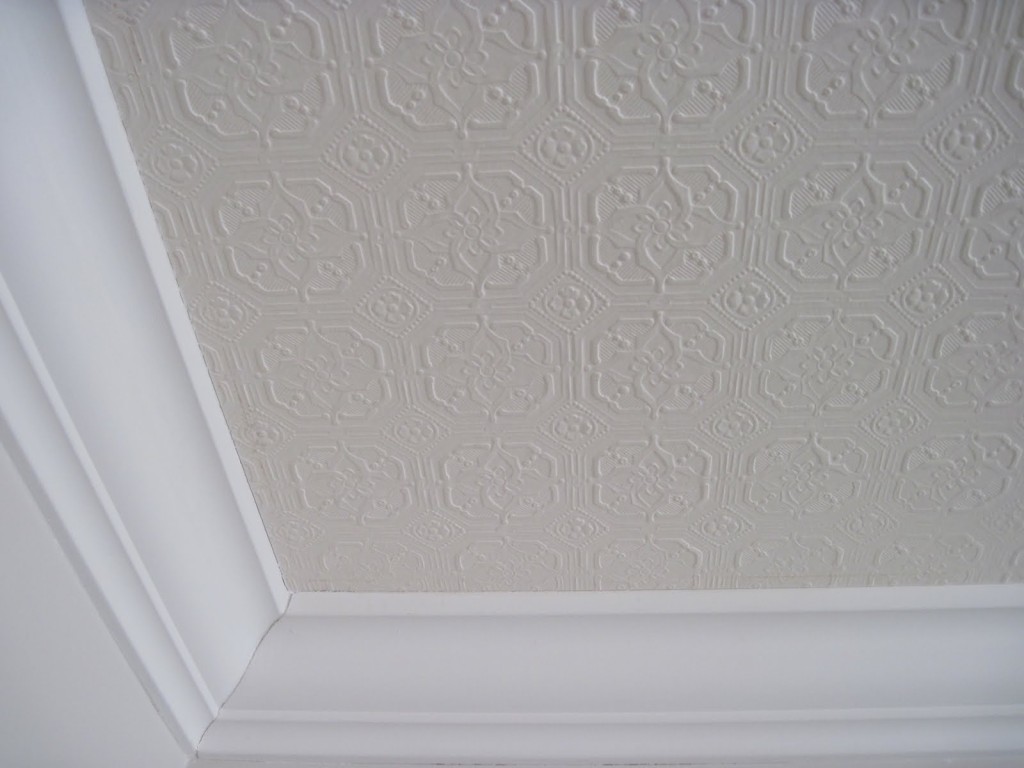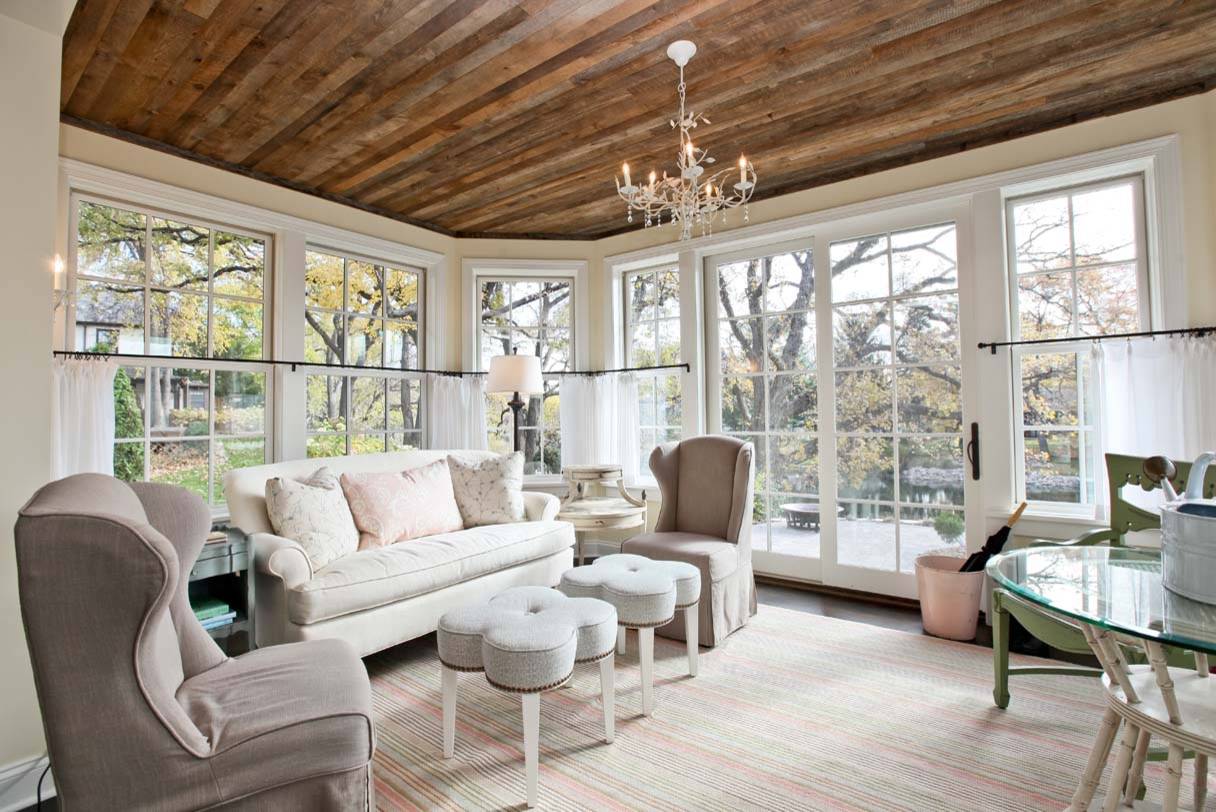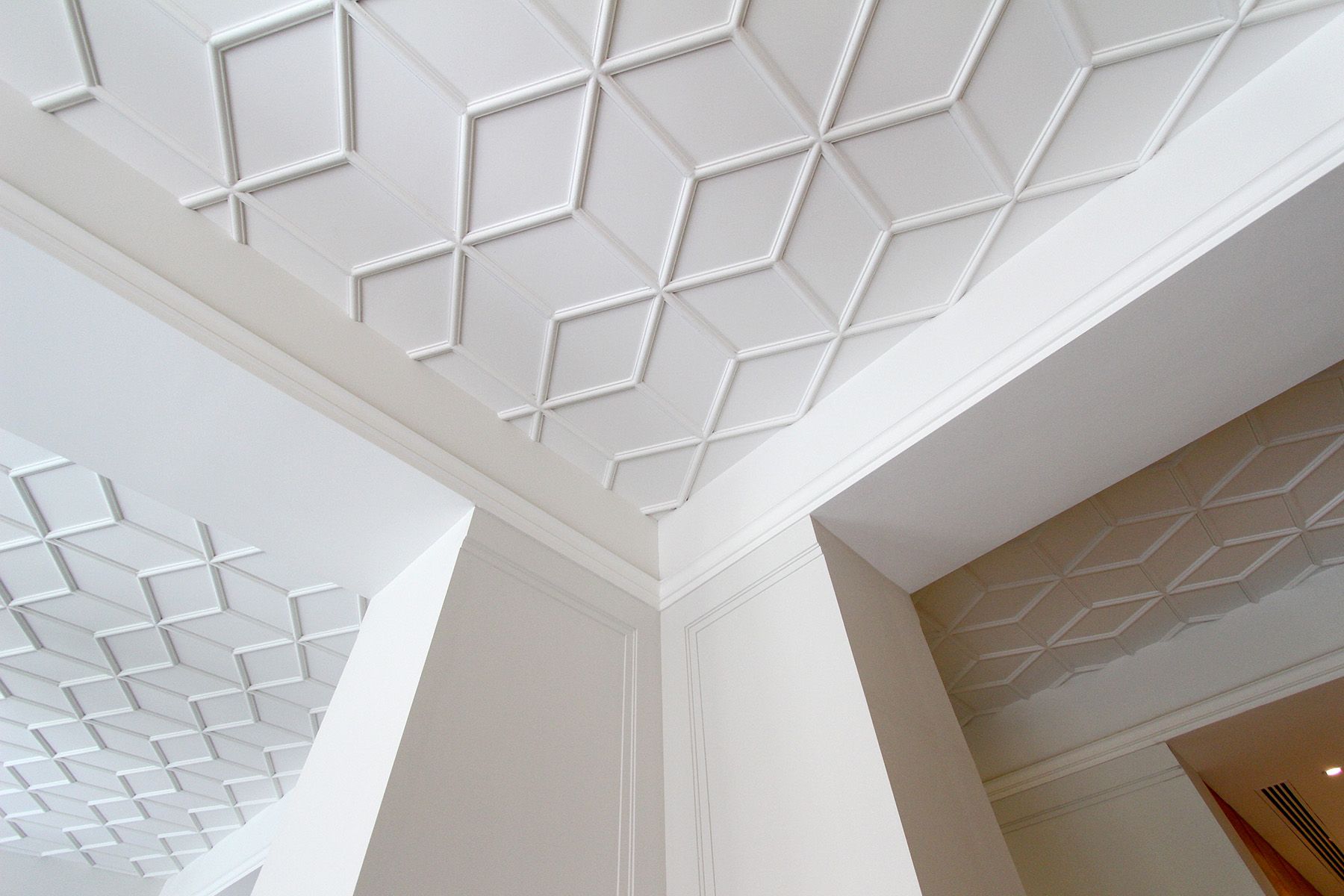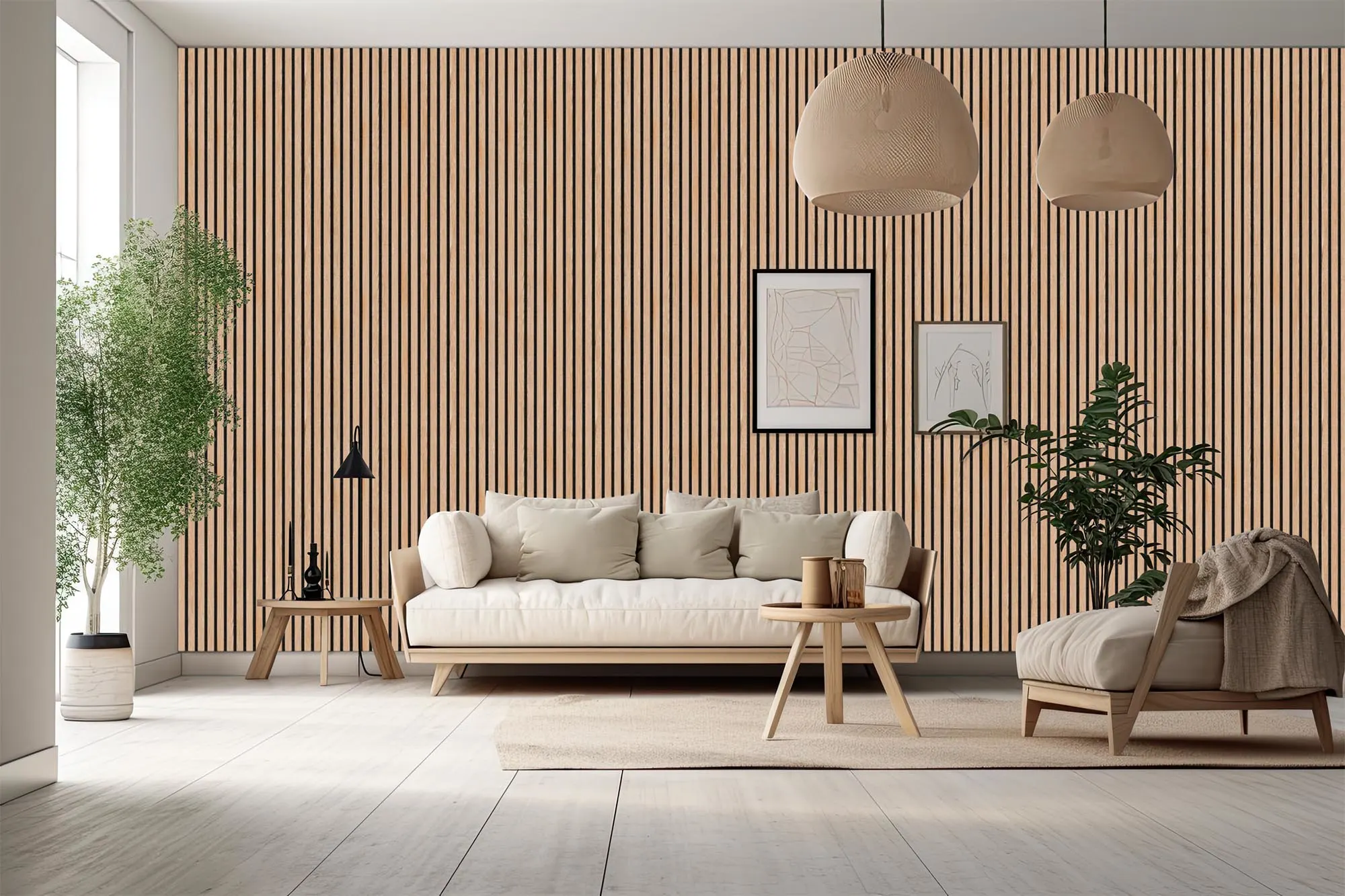Table of Content
Ceiling Texture Designs: Often regarded as the best and most convenient method to infuse character into your room, wall highlights are favored by numerous homeowners. However, what if we reveal that ceilings can also fulfill the same purpose? While frequently neglected during décor considerations, with proper attention, your room ceiling can become a captivating focal point. In this piece, we present a compilation of the ten trendiest ceiling textures and accents to elevate your ceiling into a captivating centerpiece.
Minimalist smooth finish
Crafted using plaster or drywall finishing techniques, this ceiling texture design offers a modern, seamless appearance with a clean, sleek finish. It's favored by contemporary homeowners for its ability to deliver a crisp, unobtrusive ceiling surface that complements various interior designs.

Textured plaster
Elevate your ceiling's visual appeal by incorporating textured plaster, adding depth and tactile interest. From skip trowel to Venetian plaster, explore a range of techniques to create diverse effects, from subtle waves to more pronounced patterns, enhancing your ceiling texture design.
Also Read: Luxury Bedroom Interior Design: Elegance and Comfort

Reclaimed wood panels
Reclaimed wood panels, known for their rustic charm and eco-friendly properties, bring warmth to any ceiling. By arranging them in traditional plank styles or geometric patterns, you can add texture and a sense of history to your ceiling texture design.

Metallic accents
Incorporating metallic elements into your ceiling texture design adds a touch of luxury and sophistication. Options range from bronze and copper to silver, applied through paint, wallpaper, or decorative tiles, creating a glamorous focal point in your space.

Geometric patterns
Geometric patterns are a bold and contemporary choice for ceiling texture design, guaranteed to make a statement. Achieve this look with intricate molding, wallpaper, or paint to add visual interest and dimension to your space.

Exposed beams
Embracing raw architectural elements like exposed beams is an excellent way to add character and depth to your ceiling texture design. Whether they're original structural features or decorative additions, exposed beams can enhance a rustic or industrial aesthetic, depending on their material and finish.

Stencilled designs
Personalize your ceilings with intricate patterns and motifs using creative stenciled designs. Available in styles inspired by nature, culture, or art, these stenciled elements add a unique touch to your ceiling texture design and can be customized to reflect the homeowner's personality.

Also Read: 1200 Sqft House Plan Design - Aquire Acres







_1767683336.webp)




Ans 1. How to texture a ceiling in brief Step 1: Prepare the ceiling surface. Step 2: Apply drywall primer. Step 3: Mix and apply the texture. Step 4: Create the desired texture pattern. Now comes the creative part – defining the character of your textured ceiling. Step 5: Allow to dry. ... Step 6: Paint the textured ceiling.
Ans 2. It's Cheaper As previously mentioned, textured ceilings can help mask imperfections. This means less skimming and less sanding.
Ans 3. Gypsum ceilings are quite durable when made with good-quality metal frames. Since gypsum boards are factory-produced with precision, it has material consistency making them the best false ceiling type. Which false ceiling is the cheapest? Gypsum is an affordable way to make your space feel light and airy.
Ans 4. Mud Swirl Is the top shelf, most expensive drywall texture out there. It dries pure white and looks great even unpainted. If you are going to do a mud swirl on your ceiling and you don't want to paint it, make sure to use all the same brand of joint compound.
Ans 5. On the other hand, textured ceilings are created by applying heavy-duty drywall joint compound directly onto the ceiling surface using a variety of tools such as trowels and brushes. Textures vary based on the technique used; common textures include orange peel, knockdown, swirls, combed lines, and stippling